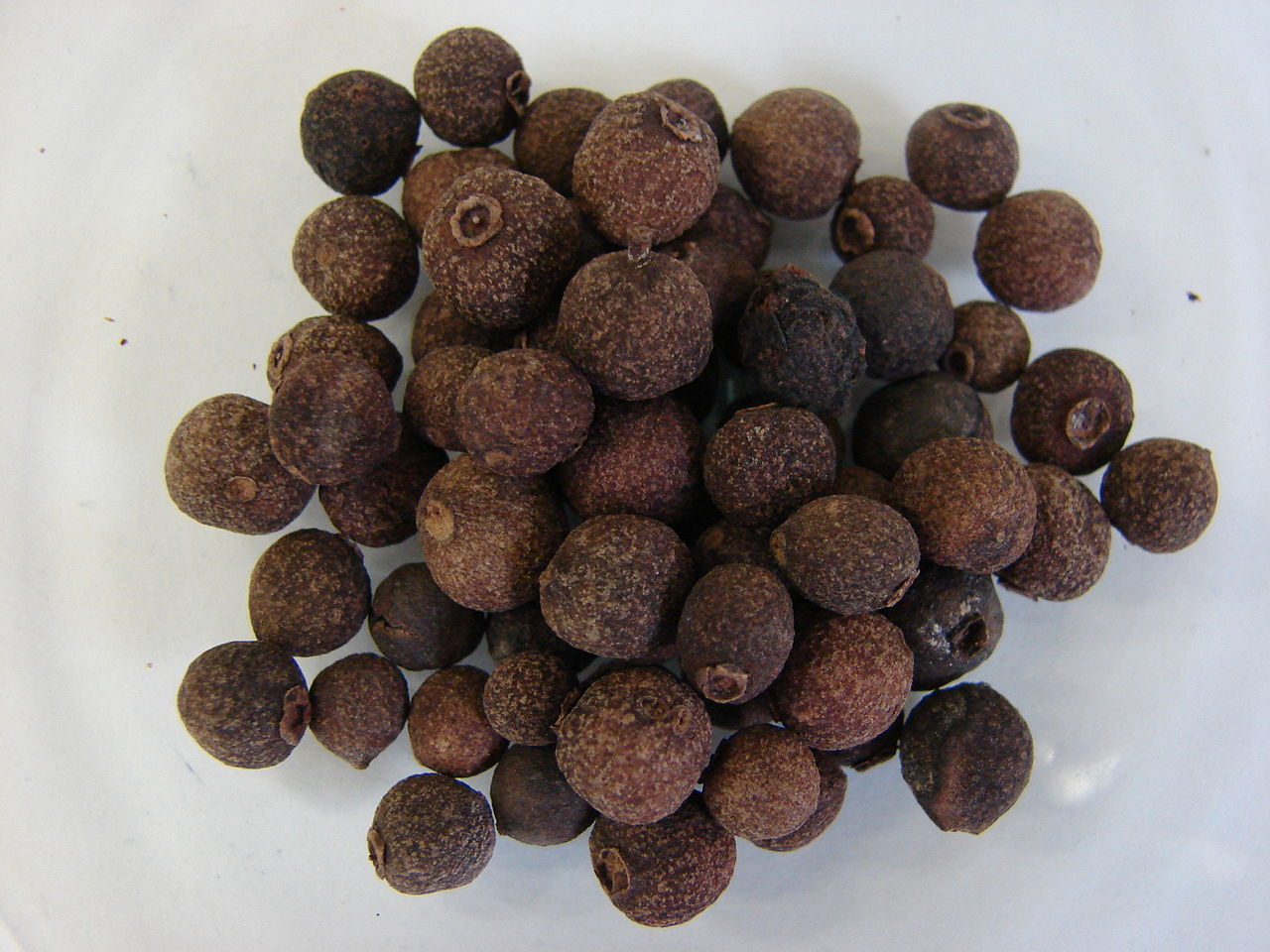Blog

#bioPGH Blog: The Plants Behind the Pumpkin Spice
Pumpkin spice game on! For many of us, the first hint of cool air evokes a sense of nostalgia and excitement for all things related to homelike comfort: cozy sweaters, fuzzy scarves, and, yes…pumpkin spice. Many “pumpkin spice” products though, from coffees to granolas to candles, contain less actual pumpkin and a lot more of the spice. So what exactly are these delicious spices, and where do they come from? Let’s explore!
Cinnamon: The quintessential fall spice! What we know as “cinnamon sticks” actually comes from the inner layer of bark of a tree in the family Lauraceae, which includes sassafras. Once the outer bark is removed, the inner layer can be harvested, and the swirled shape of a cinnamon stick comes from that inner bark layer curling as it dries. The most common commercially available cinnamon in the US comes from the tree Cinnamomum cassia, or cassia cinnamon, commonly grown in China, but you can see a cinnamon tree here at Phipps Conservatory in the Tropical Fruit and Spice Room. Outside of the delicious realm, cinnamon also has a reputation as a natural remedy for many ailments, but there is little clinical evidence to support most of these claims.
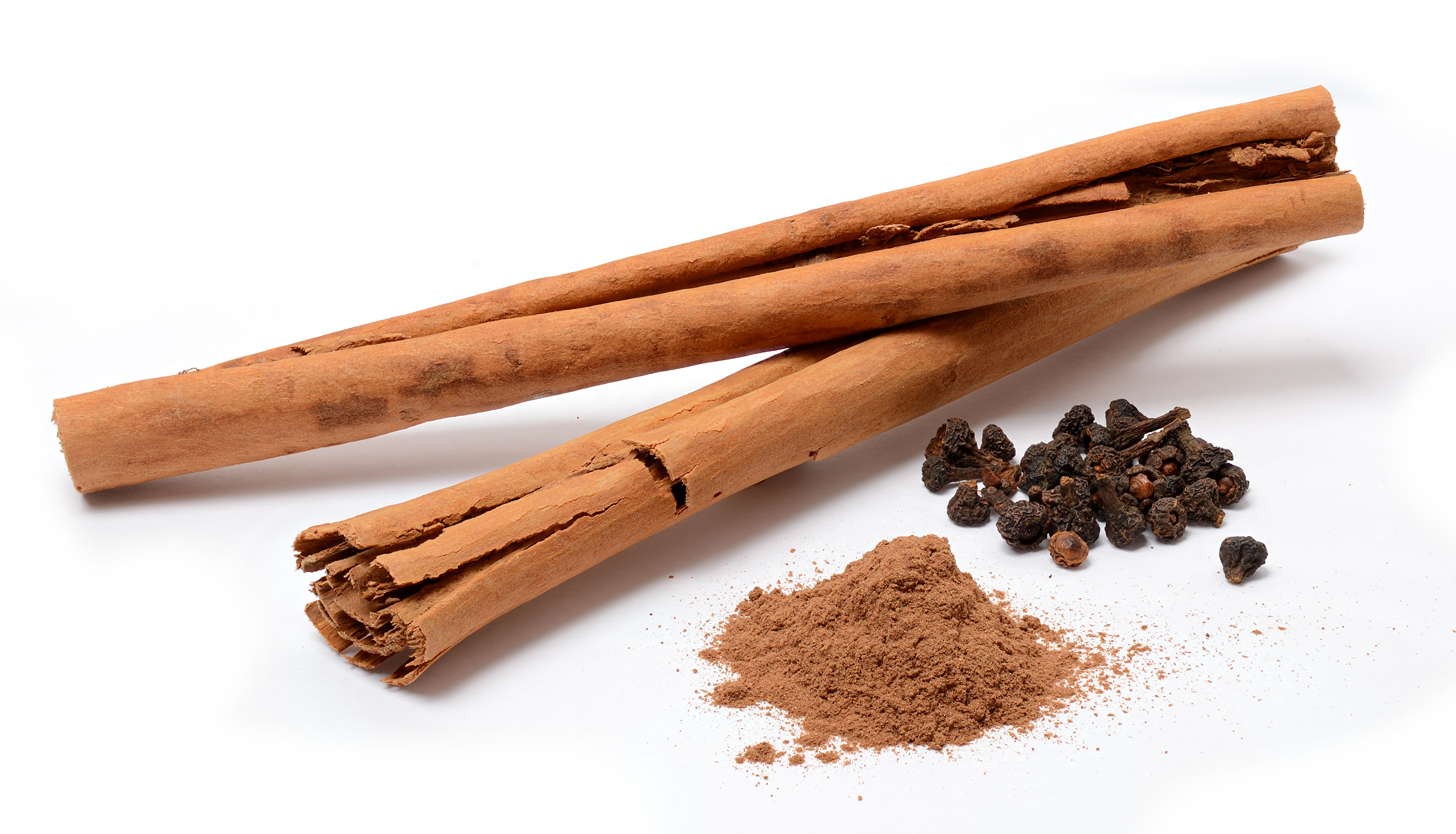
Cloves: If you grew up reading the “Little House on the Prairie” books, you might remember Ma’s gift from Aunt Eliza was an apple pressed full of cloves—a delicious, spicy scent! With winter and autumn on our minds, it might seem strange that cloves are actually little dried flower buds from a tropical evergreen tree. The clove tree, Syzygium aromaticum, is native to Indonesia but has been widely cultivated due to its popularity in foods, both as flavoring and traditionally as a preservative.
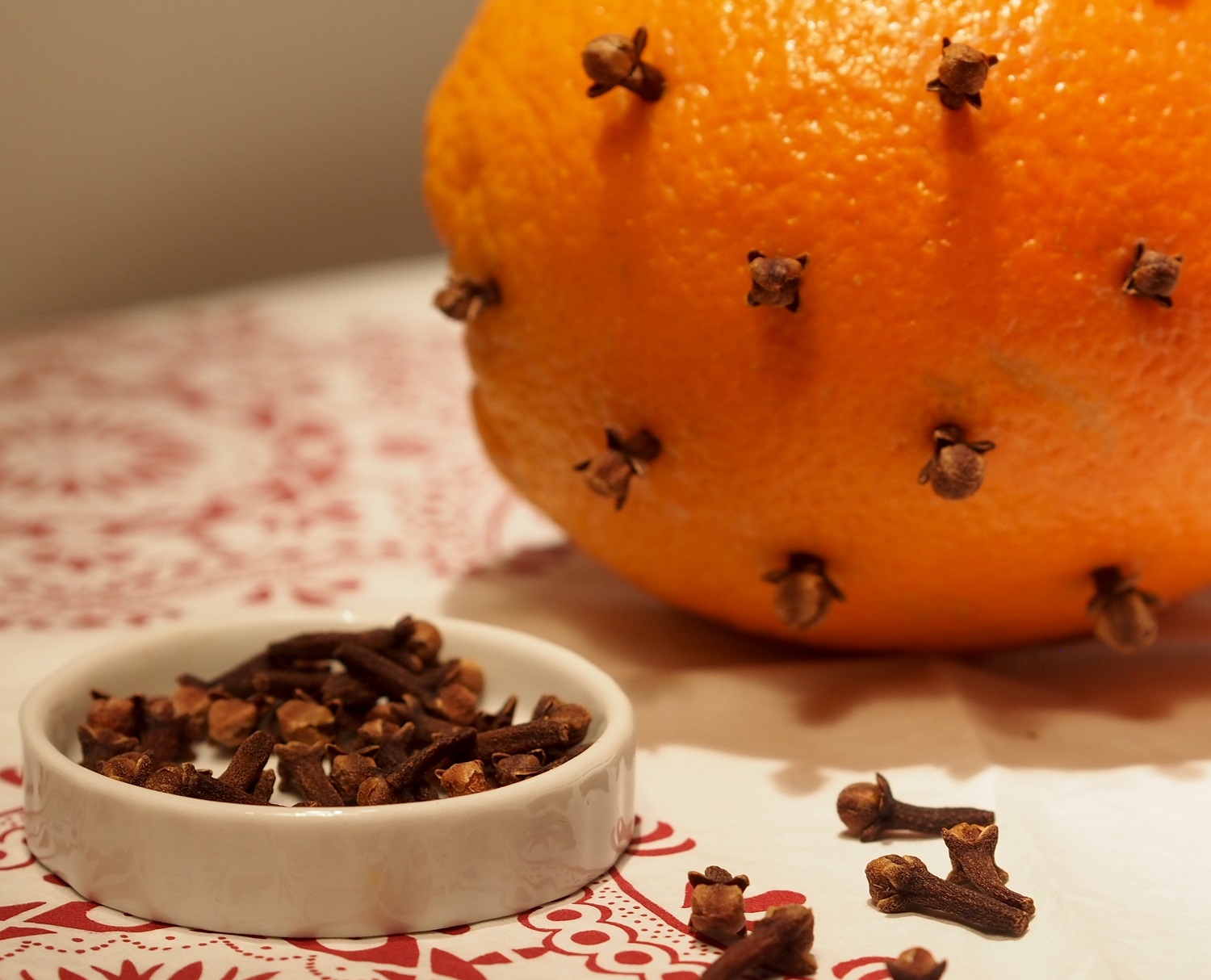
Nutmeg: Another delicious spice that tastes like seasonal festivity is nutmeg, which is the dried and ground-up seed of a tropical Indonesian tree. The fruit of the nutmeg is called a “drupe,” a stone fruit like peaches and plums, with a large center seed. Interestingly, the bright red seed covering (called an aril) is the source of mace, a pungent spice that is not part of the pumpkin spice recipe!
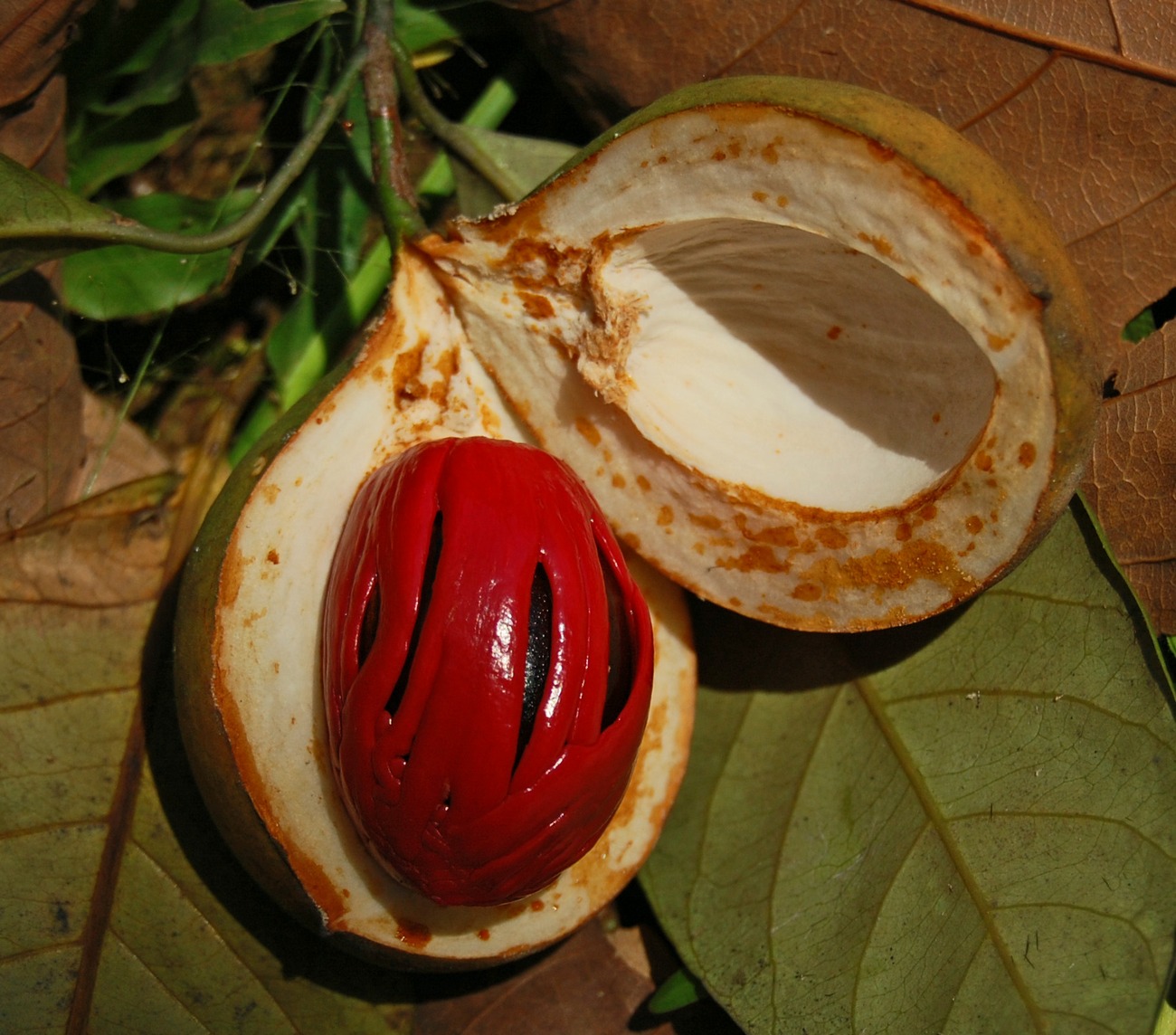
Ginger: Many of us have probably identified that our delicious ginger flavor comes from the underground section of the plant, but it is actually not a true root that we eat. It is a specialized, thick underground stem called a rhizome. If you look closely at a ginger rhizome at the store, you can see the small buds from which new roots can develop and extend. Like the other pumpkin spices, our cultivated culinary ginger, Zingiber officinale is a tropical plant and needs warm, humid conditions to grow. Thus, it is not related to our native plant Canadian wild ginger, Asarum canadense, which is in a different plant family.
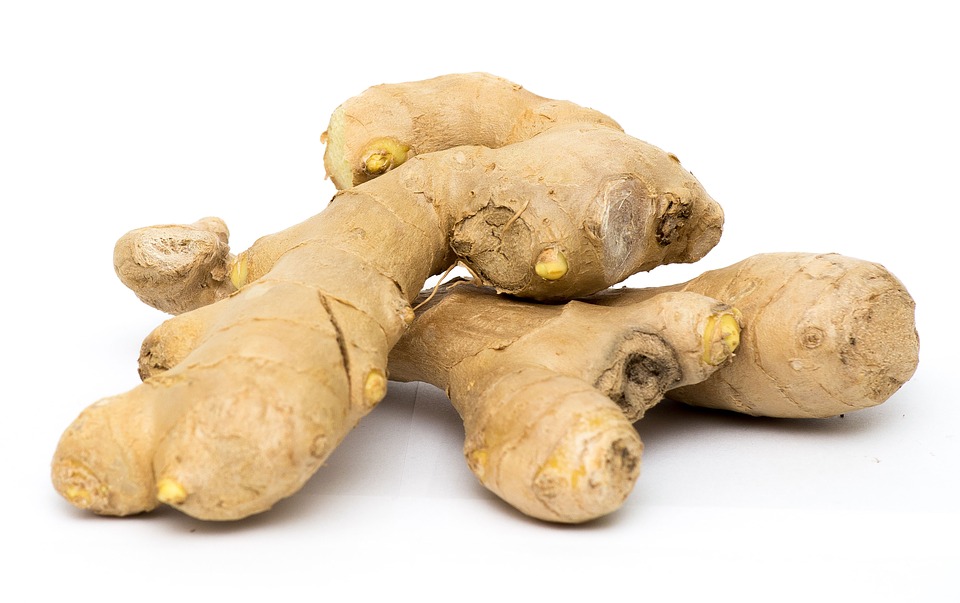
Allspice: If you thought allspice was a blend of spices the first time you heard the name (don’t worry, I did too), a misunderstanding is actually how the spice received its common English name. When the British first encountered allspice in the seventeenth century, they thought it smelled and tasted like a blend of all other exotic spices and dubbed this “new” spice accordingly as allspice. In reality, allspice is the dried and ground unripened fruit of the Jamaican pepper tree (Pimenta dioica), which is actually in the same family as cloves, Myrtaceae. (If you follow Phipps’ Botany in Action Fellows, you might recognize this family as the focus of Jonathan Flickinger’s classification research!) Outside of our pumpkin spice obsession, allspice is a key player in Caribbean foods and has been popular for centuries.
Well, there we have it! The basis behind our seasonal excitement and happy taste buds comes from a blend of fruits, barks, seeds, and stems, so if you’re enjoying a bit of pumpkin spice flavor as you read this—thank a plant!
Continue the Conversation: Share your nature discoveries with our community by posting to Twitter and Instagram with hashtag #bioPGH, and R.S.V.P. to attend our next Biophilia: Pittsburgh meeting.
Resources
NIH National Center for Complementary and Integrative Health—Cinnamon
National Geographic—Capturing the Cinnamon Harvest in Sumatra
Encyclopedia Brittanica—Nutmeg
Wilder, Laura Ingalls. “Little House in the Big Woods.”
Cortes-Rojas, Diego Francisco, et al. 2014. Clove (Syzygium aromaticum): a precious spice
NIH National Center for Complementary and Integrative Health—Ginger
Missouri Botanical Gardens— Zingiber officinale
USDA Plant Profiles—Canadian Wild Ginger
Missouria Botanical Gardens—Pimenta dioica
Photo Credits: Pexels CC0 and Simon A. Eugster, CC-BY-SA-3.0 , W.A. Djatmiko CC-BY-SA-3.0,2.5,2.0,1.0, Maša Sinreih in Valentina Vivod CC-BY-SA-3.0
